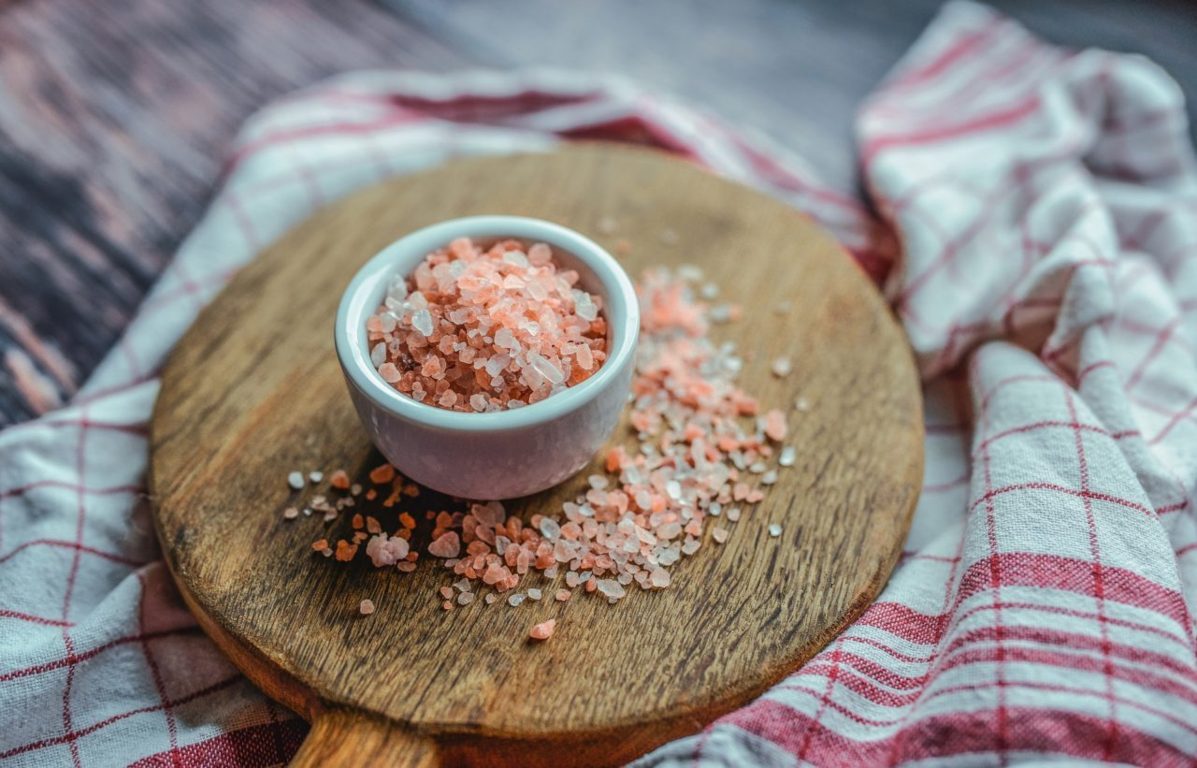
Salt is one such thing that is like a double-edged sword; anything in excess is bad but if consumed less may prove to be detrimental. Undoubtedly it is an indispensable ingredient and is the soul of every pantry.
With the increasing trend towards preventive nutrition, regular salt is usually blacklisted and does not make it up to the essentials of a healthy diet and hence there is an overwhelming variety of salts available.
Today you have, not just the plain table or iodized salt but the other counterparts like sea salt, kosher salt, black salt, Himalayan pink salt, and many more that are regular on the supermarket shelves.
But the question is which salt is healthier?
Let’s get to the basics; to understand the composition of salt (NaCl), it is 40% sodium and 60% chloride. All of these salts more or less contain the same amount of sodium. The difference is in their texture and taste.
Sometimes due to the presence of trace minerals, they are marketed to be healthier than the other. But don’t forget the large quantities of salt that one will have to consume to benefit from those trace minerals. If your diet is healthy and well balanced then you actually need not rely on the trace minerals coming from the salt, as they are absolutely negligible!
As a thumb rule for all the food products, natural foods will always have an upper hand as compared to processed or refined counterparts. The same rule applies to salt too; choose the salt, which is less refined.
Salt imparts taste, and satisfies our sensory system, so, pick the salt that suits your taste buds and as per the requirement of the desired food preparation but use it sparingly to watch the overall sodium intake.
It’s the quantity of salt you eat that matters and not the kind. Salt is Salt!
Read our blogs on:
Hypertension – The Silent Killer



